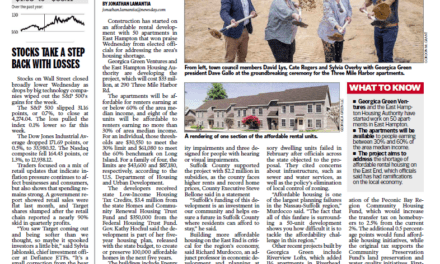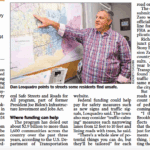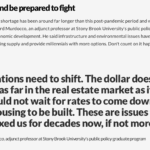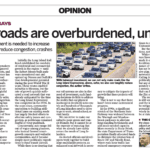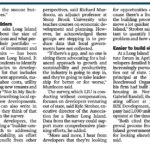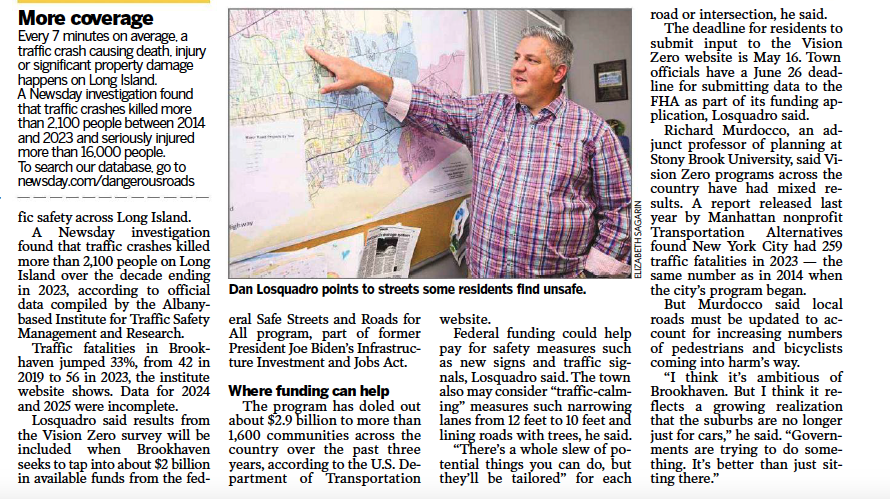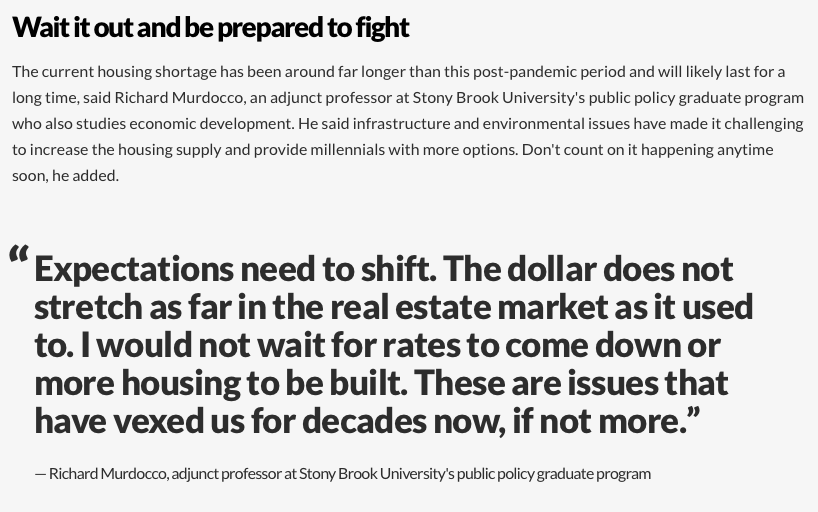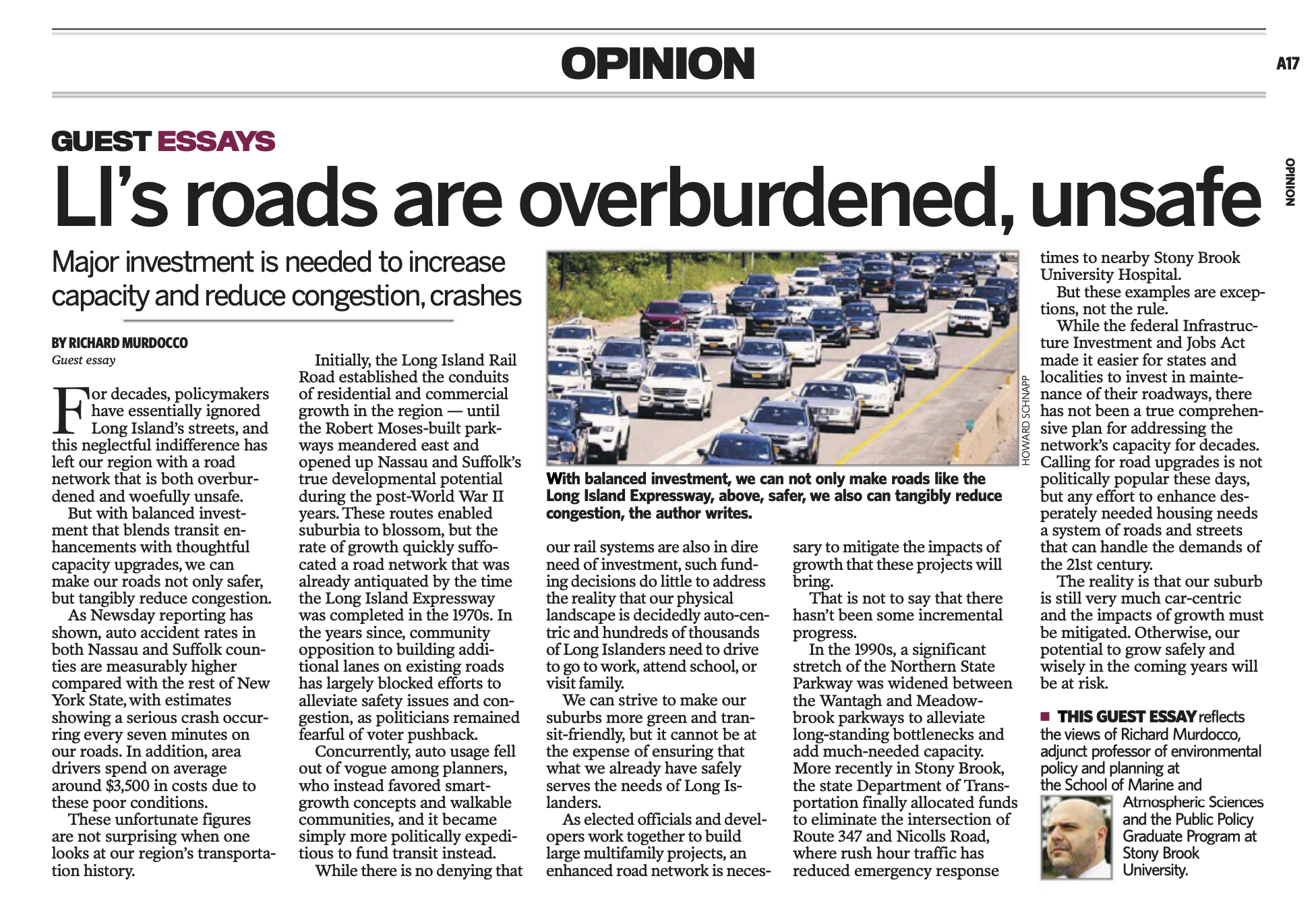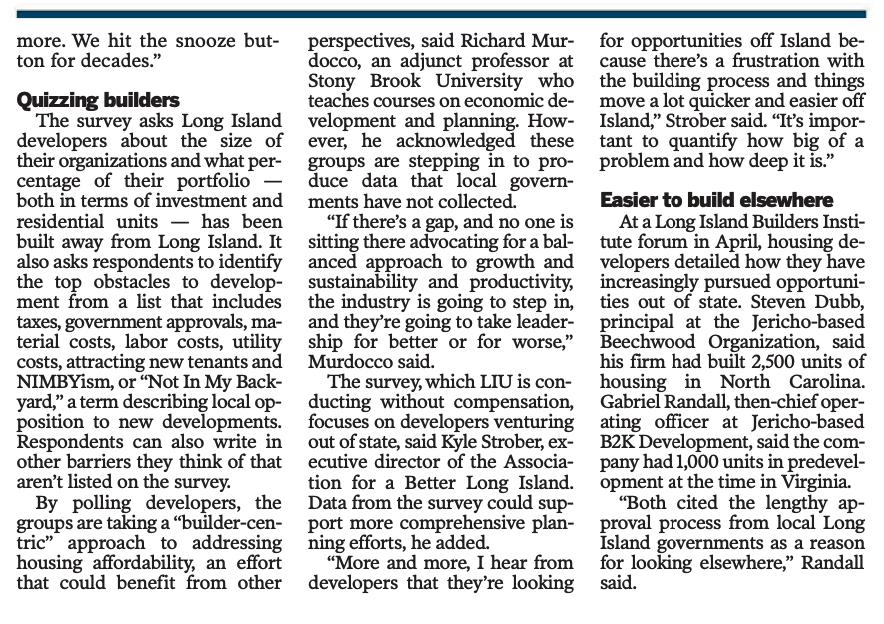The following was published in the Long Island Press on March 3, 2017. You can read the original here.
It used to be that local governments provided some semblance of logic behind development decisions.
In Suffolk County, planners worked with elected officials to protect vast swaths of open spaces and farmland on the East End of Long Island, with the goal of fostering environmental stewardship. Meanwhile, Nassau County wasn’t so lucky—before the county could wrap their municipal heads around the concepts Suffolk had embraced, developers had essentially subdivided the land from Elmont to Woodbury.
Despite the forethought (or lack thereof from Nassau), the region still regularly grapples with the issues of over-development, traffic, taxes, toxic water. Even worse, our current approaches to development are doing little to address them moving forward. With some work, we can begin to address these longstanding gripes that every Long Islander has, while at the same time making this region more productive and environmentally sustainable.
These issues have plagued Long Island since the days when William Levitt first built his houses on the potato fields that served as the post-war builder’s blank canvas. Since then, hundreds of other Levitt-like builders have sought to make their mark on Long Island’s landscape—and all too often, local governments gave them unfettered flexibility regarding where and how much they could build. Sensitive wetlands were filled in, homes constructed with little regard to how roads would handle the traffic. These decisions helped shape the Long Island we know today, and solidified some of the best and worst aspects of living in Nassau and Suffolk counties.
Today, these woes are amplified, thanks to those fast and loose years of selective adherence to zoning standards that gave piecemeal a variance here or an exception there. Now, the model has evolved. Instead of approving single-family home developments, multifamily mixed-use hubs that supposedly reflect smart growth principles get the nod. Developers tout their projects as “walkable” and “transit-oriented,” but do next to nothing to ensure that their creations actually are. Local government officials are just as guilty, because they take these claims at face value with little follow-up on how the projects will fulfill their many promises.
Being next to a train station is one thing, but ensuring that the people nearby are actually taking that train every day is another.
Groups such as the Rauch Foundation, which calls for new forms of housing growth, aren’t wrong though. Long Island’s housing variety has been too vested in the single-family model. And it’s well known that Long Island does lag behind when it comes to the lack of diversity of housing choices. The advocates stumble, though, when they don’t acknowledge that in some areas of the Island this single-family model was a necessity—due to either environmental or infrastructural limitations.
Today, this mindset must evolve further. Not every downtown is destined to become the next Mineola, nor is every downtown able to. It’s critical that our region’s growth be placed where it will make the most impact. Development must occur near train stations, as Rauch frequently states, but builders and local governments need to ensure that these train stations are actually used by community residents. A transit-oriented development in Babylon would see more LIRR ridership than, say, a similar effort in downtown Moriches.
This distinction is what Long Island’s development community and smart growth advocates have apparently been missing: mixed-use, smart growth only thrives if high-paying jobs and neighborhood services are plentiful and accessible via public transit.
Every day, Long Islanders endure the impacts of bad developmental policy as they drive on their local roads, pay their bills, and drink their tap water. Long Island needs to foster new avenues of economic growth, and community advocates need to understand that property owners have a right to build as allowed under zoning codes. Economics is a crucial piece of the planning puzzle, but the drive to develop for dollars needs to be offset with environmental and social consideration. If this balance can be achieved, our region can finally address our longstanding problems.
Making this balance happen will require a much larger departure from longstanding cronyism. Industry insiders know their trade, of course, so they must be included in the process, but they must not drive it as they have for all too long. After all, our future is at stake—and they all know it.
Empowered by the populist use of social media, local civic groups should engage with policymakers and developers to hash out a realistic vision for their communities. For decades, developers have dominated the narrative, yet civic groups have done themselves no favors, thanks to the rigid NIMBY mindset that ignores the region’s pressing fiscal and social needs.
In an area where home rule is strongly engrained in the minds of elected officials and the public, we must respect the policymaking process and ensure that all involved adhere to the same rules and regulations. Standardization of Long Island’s patchwork land use strategies would go a long way in bringing about cohesive and productive change.
Development that is grounded in the principle of addressing legitimate community needs is not only a smart investment, it’s proven to be a model that works here time and time again.
With realistic expectations, less political rewards, standardized application of land use controls and detached analysis, we can begin to not only grow again, but tackle some of the Island’s longstanding woes.
Rich Murdocco writes about Long Island’s land use and real estate development issues. He received his Master’s in Public Policy at Stony Brook University, where he studied regional planning under Dr. Lee Koppelman, Long Island’s esteemed master planner. More of his views can be found on TheFoggiestIdea.org or follow him on Twitter @TheFoggiestIdea.



